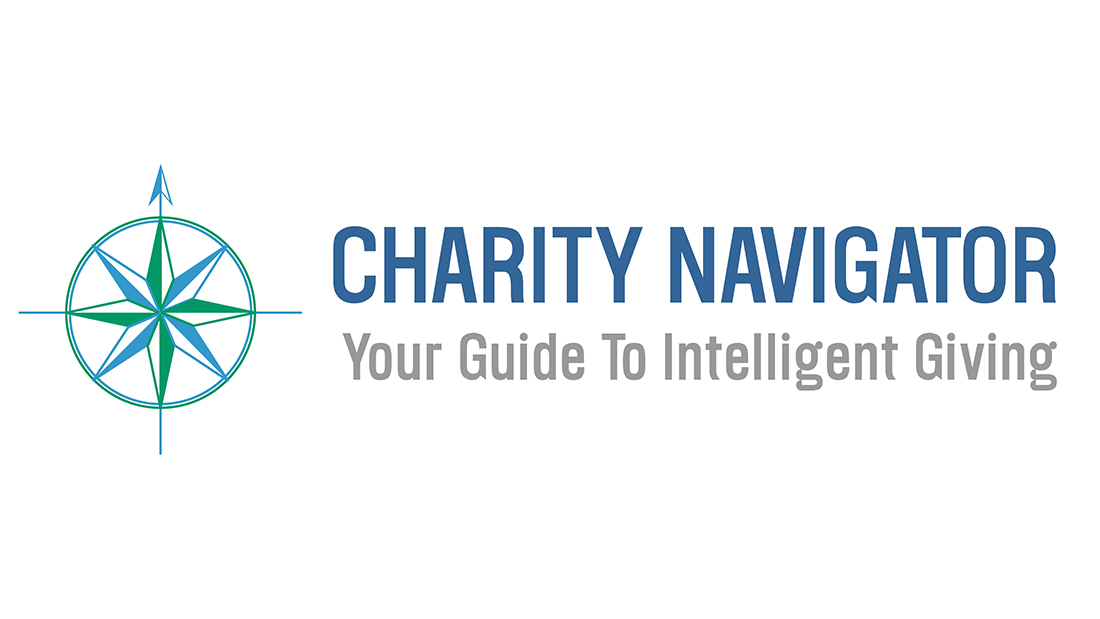
The Board’s (Almost Mandatory) Role in Form 990 Preparation
07.24.2024 | Linda J. Rosenthal, JD

The nonprofit sector has certainly seen its share of changes and accommodations due to the pandemic; the latest is for the way that charity ratings are determined.
Charity Navigator, the “world’s largest and most-utilized independent nonprofit evaluator” of charities, recently announced that it “has adjusted its rating methodology” for fiscal years ending March 31, 2020, or after.
In addition, it has “loosened its requirement on the annual revenue amount that triggered its independent audit or financial review processes.” See Charity Navigator Adjusts Ratings in Response to Pandemic; Releases New Ratings in Advance of Giving Tuesday (October 26, 2021), Press Release; see also Charity Navigator Adjusts Methodology Due To Pandemic (November 1, 2021) Richard H. Levey, The Nonprofit Times.
Early in the pandemic, explains Charity Navigator Vice President Matthew Viola, it was clear to them that fairness meant they would have to think outside the box and come up with a special system by which nonprofits could be evaluated more individually and based on “the effects” of the crisis.
Created in 2001, Charity Navigator is a public charity that describes its mission as a guide for “intelligent giving” which “empowers donors of all sizes with free access to data, tools, and resources to guide philanthropic decision making.” The organization explains that, in short, it helps “… people give to charities with confidence and shine a light on truly effective organizations.” Also, through the ratings, the rated organizations benefit from “the nonprofit sector’s premier trust indicator and a powerful platform to raise awareness and funds.”
This ratings group does not charge either the rated organizations or the public for the open-access information it provides. Accordingly, it depends on support from individuals, foundations, and corporations that “believe it provides a much-needed service to America’s charitable givers.”
There are about 1.6 million nonprofits currently registered in the United States. While Charity Navigator “has information on” all of them, its ratings cover just a subset of that number.
Specifically, rated organizations must be 501(c)(3) public charities based in the United States (even if they provide charitable services internationally) and that file a Form 990, annual information return, with the Internal Revenue Service. This excludes: 501(c)(4) organizations, organizations exempt from filing the Form 990, private foundations, or organizations that file the Form 990-EZ.
Charity Navigator also limits its ratings to organizations that are at least seven years old (with filed Forms 990s) and that have generated at least $1 million in revenue for two consecutive years. They believe it’s “unfair to hold new nonprofits to the same benchmarks expected of established organizations. Newer organizations understandably incur abnormally higher overhead costs in their first few years of existence as they begin their operations.”
Ordinarily, these “ratings are based on the most recent information made public by each charity.” More specifically, Charity Navigator retrieves each eligible group’s Form 990 directly from the IRS about about two to three months after a charity files it. At that point, CN promptly updates the charity’s record and publishes a new evaluation on the first day of the next month. The group’s website includes a detailed Methodology breakdown.
As the “safety nets of society,” nonprofits “were stretched in ways we never before imagined,” says Michael Thatcher, Charity Navigator’s President and CEO.
“It probably goes without saying that in all our 20 years of evaluating charities, we have never seen anything so disruptive on such a large scale as the COVID-19 pandemic,” adds CN’s Matthew Viola.
Of course, not all parts of the sector were affected evenly. Particularly for large and well-established social-services organizations, the past 18 months have been a period of greatly increased demand. That factor, coupled with the combination of massive government help as well as the outpouring of generosity by private philanthropy and individuals, has softened the landing for these fortunate 501(c)(3)s. Indeed, many have “flourished.”
But for many other organizations, the pandemic has created devastating circumstances including massive revenue losses due to shutdowns and other restrictions.
So, for fiscal periods ending March 31, 2020, and after, there are special rules that deviate from Charity Navigator’s ratings policies and practices. “[N]onprofits can maintain pre-coronavirus pandemic ratings if staff members detail how the organizations have been affected by the pandemic and how the organizations met those challenges.”
Under these new procedures, explains Vice-President Viola, once Charity Navigator processes “a COVID-affected 990 and realize[s] that the overall score would decrease in any way,” it “will contact the charity and give them 30 days to answer” a special questionnaire. There, the organization can explain particularly how it “adapted and delivered on” its mission during the pandemic. “If the nonprofit responds,” Mr. Viola adds, “we will post their submission, and allow the organization’s rating to remain unchanged from its current rating. This will be made clear on our site with a message stating that a new rating was postponed due to COVID-19, along with a link to the organization’s response.” Currently, “more than 3,600 nonprofit profiles on Charity Navigator now feature this information.”
There is another adjustment Charity Navigator has instituted among these COVID-19 special protocols. It has relaxed the minimum annual revenue amount that triggers an independent-audit requirement. Previously, that amount was $250,000; now, it’s $500,000. CN reports that more than 33,000 nonprofits are affected by this change alone.
This is good news especially now just ahead of this year’s Giving Tuesday 2021 celebration on November 30, 2021.
Created in 2012, Giving Tuesday was “incubated” at New York City’s 92nd Street Y as a “day that encourages people to do good.” Now, it’s an independent nonprofit and global movement that “inspires hundreds of millions of people to give, collaborate, and celebrate generosity” all year long. For more information, check out the Giving Tuesday website.
— Linda J. Rosenthal, J.D., FPLG Information & Research Director
